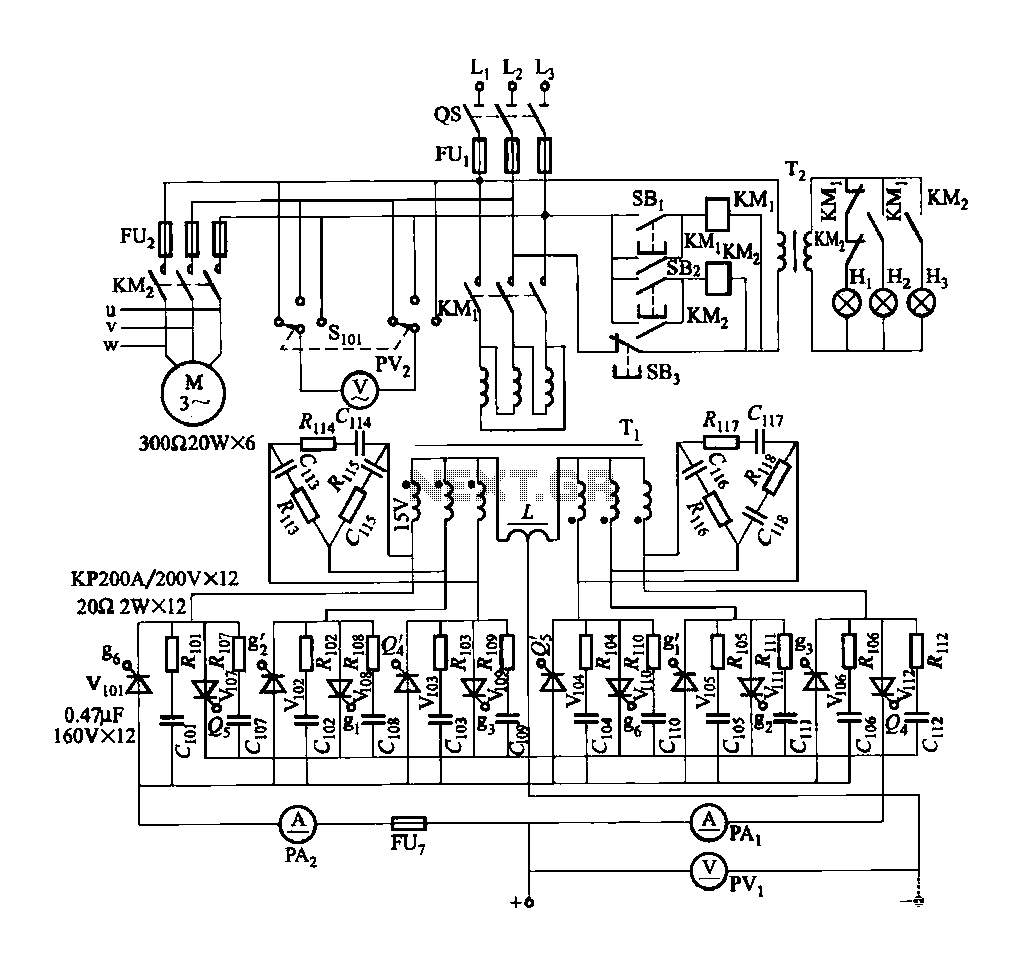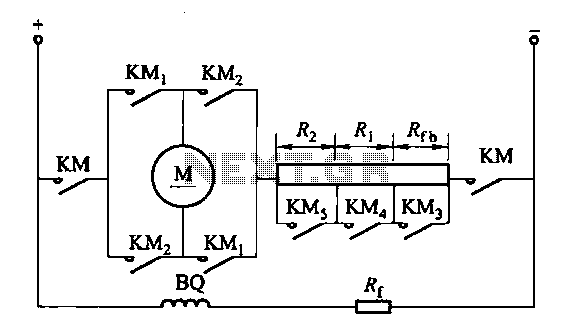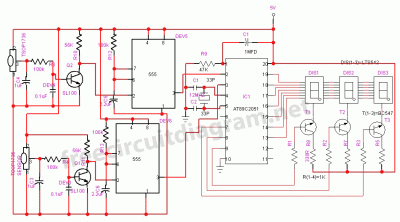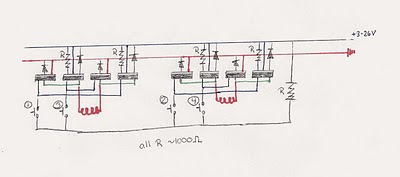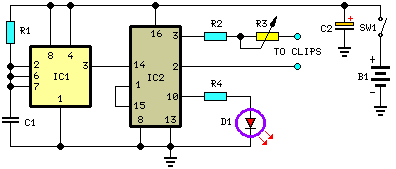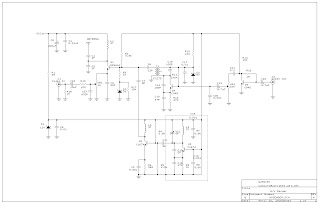
Magnetic proximity sensors Circuit
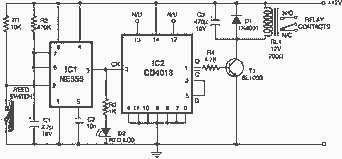
Here is an interesting circuit for a magnetic proximity switch which can be used in various applications. The magnetic proximity switch circuit, in principle, consists of a reed switch at its heart. When a magnet is brought in the vicinity of the sensor (reed switch), it operates and controls the rest of the switching circuit. In place of the reed switch, one may, as well, use a general-purpose electromagnetic reed relay (by making use of the reed switch contacts) as the sensor, if required. These tiny reed relays are easily available as they are widely used in telecom products.
The magnetic proximity switch circuit is designed to detect the presence of a magnetic field through the use of a reed switch, which is a type of electromagnetic switch. The operation of this circuit is based on the principle that the reed switch closes its contacts when exposed to a magnetic field, allowing current to flow through the circuit. This action can be utilized in various applications, such as security systems, door sensors, and automation controls.
In the typical configuration, the reed switch is connected in series with a power source and a load (such as a light or an alarm). When the magnet approaches the reed switch, the switch closes, completing the circuit and activating the load. The circuit can also include additional components such as resistors, capacitors, and diodes to enhance performance, provide protection against voltage spikes, or filter noise.
For applications requiring higher current handling or isolation from the control circuit, a general-purpose electromagnetic reed relay can be employed instead of a direct reed switch. In this setup, the reed relay's contacts are used to switch the load, providing an additional layer of control and protection. The relay can be activated by the magnetic field in the same manner as the reed switch, allowing for versatile implementation in various electronic systems.
The circuit's design can be further optimized by incorporating a transistor to amplify the signal from the reed switch or relay, enabling the control of larger loads or interfacing with microcontrollers. Proper layout and component selection are crucial to ensure reliable operation, especially in environments with varying temperature and humidity conditions.Here is an interesting circuit for a magnetic proximity switch which can be used in various applications. The magnetic proximity switch circuit, in principle, consists of a reed switch at its heart. When a magnet is brought in the vicinity of the sensor (reed switch), it operates and controls the rest of the switching circuit.
In place of the reed switch, one may, as well, use a general-purpose electromagnetic reed relay (by making use of the reed switch contacts) as the sensor, if required. These tiny reed relays are easily available as they are widely used in telecom products. 🔗 External reference
The magnetic proximity switch circuit is designed to detect the presence of a magnetic field through the use of a reed switch, which is a type of electromagnetic switch. The operation of this circuit is based on the principle that the reed switch closes its contacts when exposed to a magnetic field, allowing current to flow through the circuit. This action can be utilized in various applications, such as security systems, door sensors, and automation controls.
In the typical configuration, the reed switch is connected in series with a power source and a load (such as a light or an alarm). When the magnet approaches the reed switch, the switch closes, completing the circuit and activating the load. The circuit can also include additional components such as resistors, capacitors, and diodes to enhance performance, provide protection against voltage spikes, or filter noise.
For applications requiring higher current handling or isolation from the control circuit, a general-purpose electromagnetic reed relay can be employed instead of a direct reed switch. In this setup, the reed relay's contacts are used to switch the load, providing an additional layer of control and protection. The relay can be activated by the magnetic field in the same manner as the reed switch, allowing for versatile implementation in various electronic systems.
The circuit's design can be further optimized by incorporating a transistor to amplify the signal from the reed switch or relay, enabling the control of larger loads or interfacing with microcontrollers. Proper layout and component selection are crucial to ensure reliable operation, especially in environments with varying temperature and humidity conditions.Here is an interesting circuit for a magnetic proximity switch which can be used in various applications. The magnetic proximity switch circuit, in principle, consists of a reed switch at its heart. When a magnet is brought in the vicinity of the sensor (reed switch), it operates and controls the rest of the switching circuit.
In place of the reed switch, one may, as well, use a general-purpose electromagnetic reed relay (by making use of the reed switch contacts) as the sensor, if required. These tiny reed relays are easily available as they are widely used in telecom products. 🔗 External reference
